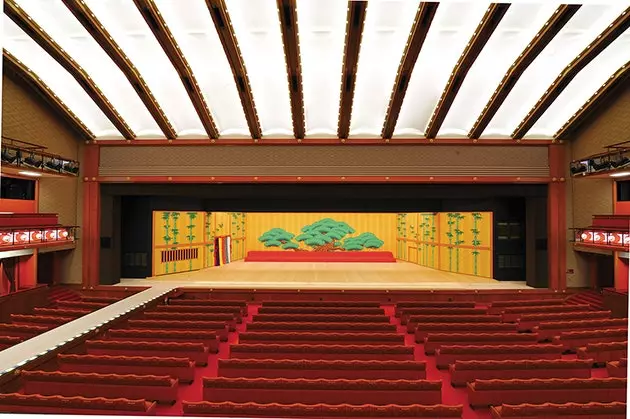
Tokyo Kabukiza Theater can be a cultural, social and even gastronomic experience
Kabuki is that form of theater that for more than four centuries combines traditional Japanese dance and music and is considered by UNESCO one of the Masterpieces of the World Heritage Site. In its origins it was performed by women and was more focused on revealing issues of the social life of the country, but the drama that was applied to the dance meant that since the 17th century the male actors will be in charge and interpret all the roles of the script.
A Kabuki performance typically lasts four hours and the fusion of culture, tradition, dance and music is so overwhelming that it is very likely that the experience will be cut short, especially when accompanied by the delicious bentō, a very common takeaway portion in Japan . It usually consists of a portion of rice, fish, meat and garnish and the one that is distributed in the Kabukiza Theater takes care of the ingredients of its menu and encloses them in an elegant wooden box. Japanese women attend an evening at the theater in their best clothes, that is, the best quality kimono, ostentatious makeup and traditional hairstyles, which can also be an entire experience from a western perspective.
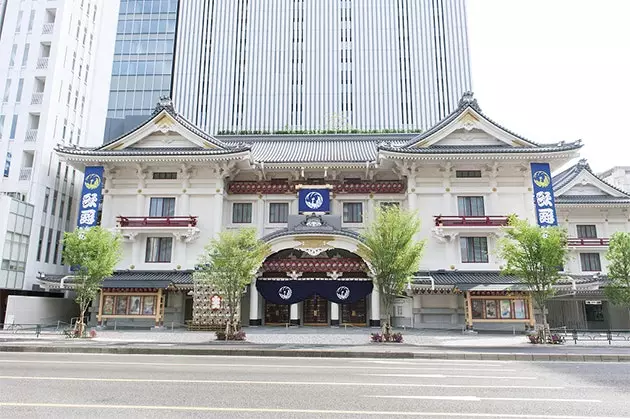
Ginza Kabukiza Theater in Tokyo
YOU WILL WANT TO KNOW MORE...
Attending a Kabuki evening at his theater in Ginza (Ginza 4-12-15, Chuo-ku) usually costs the same as attending a performance at the Royal Theater of Madrid or in any other Opera palace of a European city. What is needed for an actor to be a good kabuki performer? We asked the great star of the genre today, Ichikawa Somegorô. “Start at a very young age because requires a training as strict as that of other dances and gain stage experience,” he explains.
No need to buy a ticket for one of his representations you can go to the exhibition that the building hosts in several of its rooms. There you can enjoy a closer look at some of the most attractive elements of this artistic discipline and that cannot be appreciated in the same way from the seat.
In its rooms it is possible to closely admire the lavish kimonos and other costumes worn by the actors on stage. Also the gigantic and heavy wigs that the performers sometimes have to move to the rhythm of the music, making them a very important part of the traditional kabuki dance. Its material is as special as its use: they are made only with cow hair from Tibet . This exhibition also explains the curious make-up techniques of this theatrical genre. The black, white and red masks worn by many of the performers are made of paint and it is the actors themselves who have to take care of putting on makeup before going on stage.
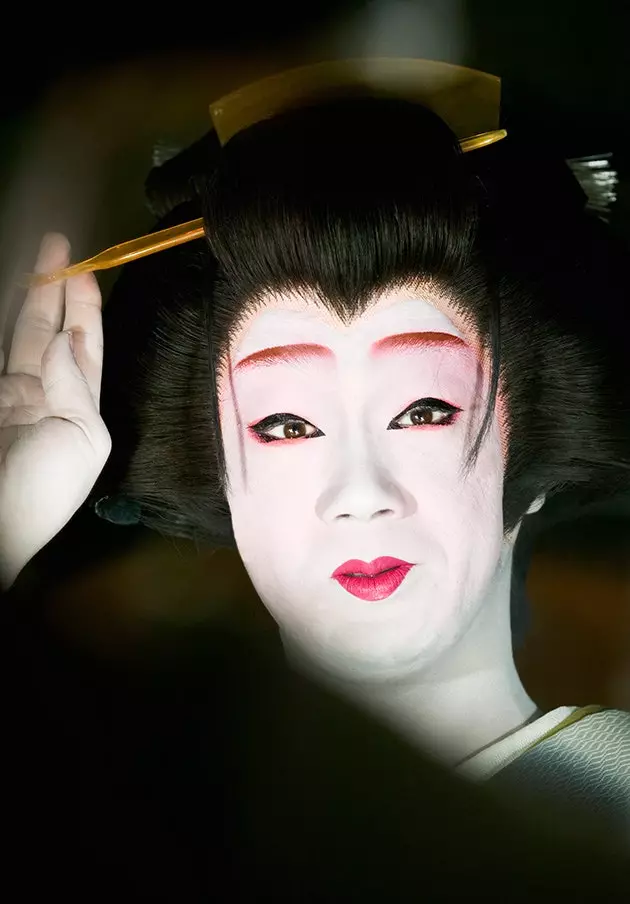
Kabuki performer in the dressing room
CHARLES CHAPLIN WAS ALSO GLAD
Now that its grand venue has reopened its doors, the theater wants to open up Kabuki culture to the world. That is why they have recently partnered with the Tokyo Film Festival, highlighting the star relationship between both arts and uniting the performance of a traditional Kabuki piece, Shakkyō (The stone bridge), with the projection of City Lights , by Charles Chaplin that once inspired a kabuki libretto.
How could Chaplin influence such a traditional Japanese art? The relationship between one and the other is one of symbiosis. Chaplin was a self-confessed admirer of Japanese culture and in particular he felt a special attraction to Kabuki, to the point of incorporating some of its techniques to his charlotte character . The Kabukiza Theater and Chaplin share a birth date, 1889, and the filmmaker came to visit the place in 1936. His host was Matsumoto Koshiro, Ichikawa Somegoro's great-grandfather . Before the theater closed its doors for its remodeling, the grandchildren of the legendary actor visited Somegorô after one of his performances closing the circle between theater and cinema.
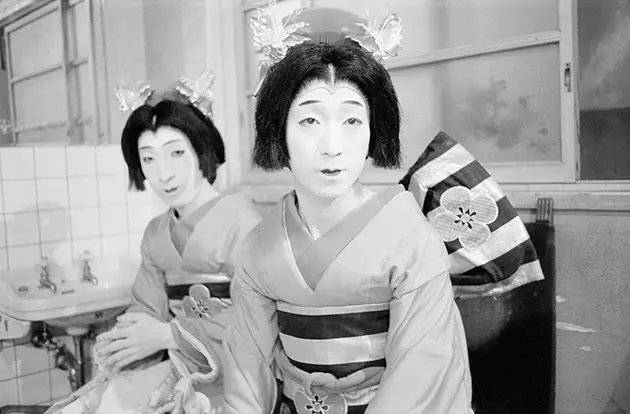
Kabuki performers in 1953
A FAMILY TRADITION
And it is that in Japanese society being a kabuki performer is something so respected that it is treated as a tradition and wisdom inherited from father to son. A very closed circle of men They therefore choose to get on stage and perform the pieces of these theatrical performances. “This is a family tradition. That is why it is so special both to interpret it and to admire it from the seat ”, confesses Somegorô himself.
A online community It has been created for all those kabuki fans and curious who want to know more about what happens in the Ginza theater.
*** You may also be interested in...**
- Japan: to the reconquest of the Spanish tourist - Suitesurfing IV: to Japan, without pajamas - Atlas of the customs of Tokyo
- Emerging Food Powers: Tokyo
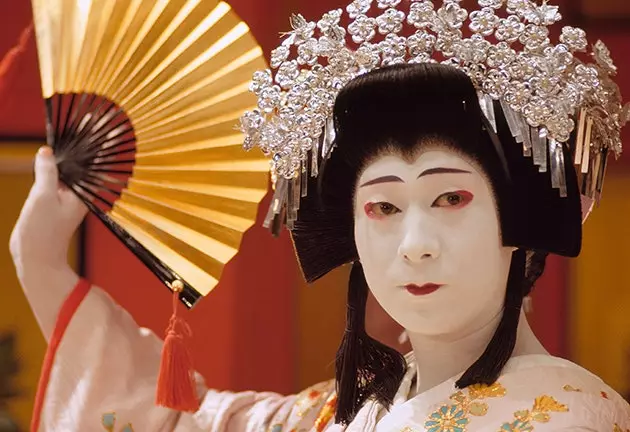
Kabuki: a family tradition
